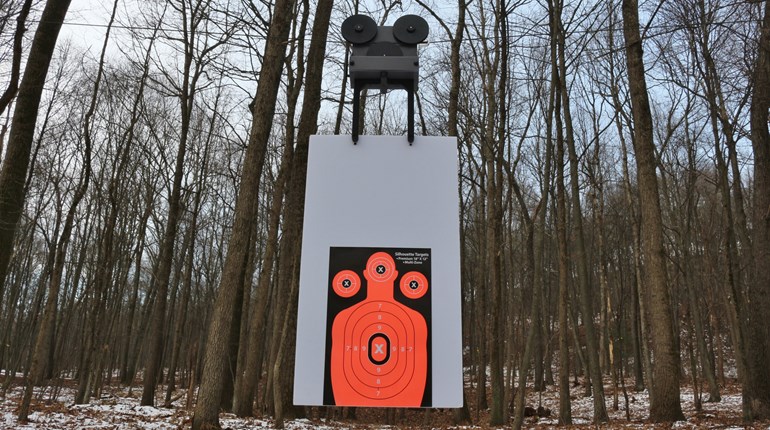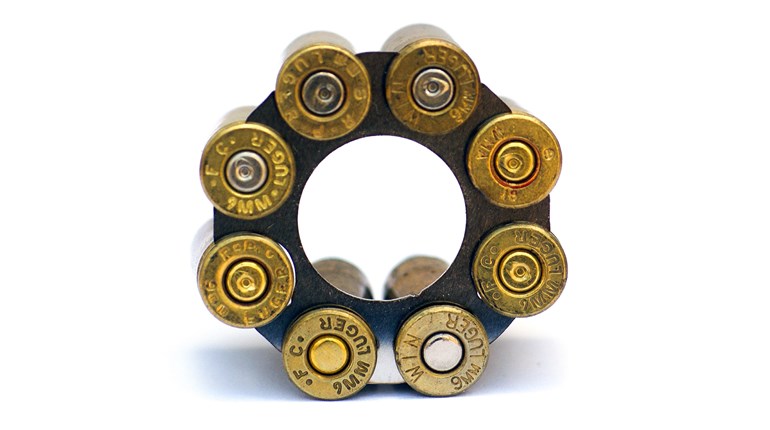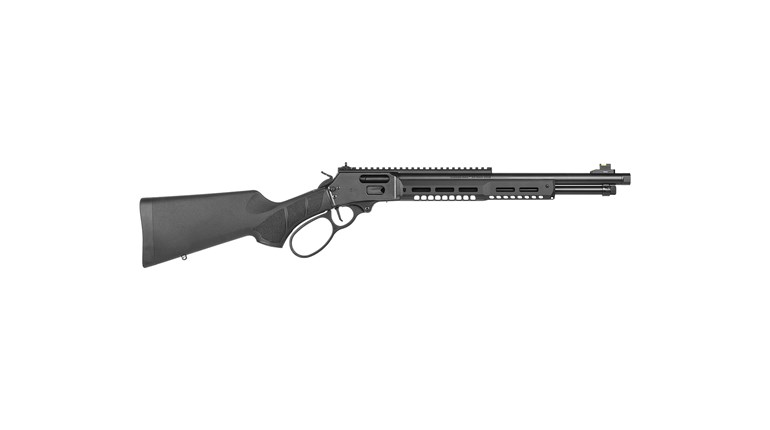
There are few things that can stave off the blues associated with the end of summer. For some, it’s getting the house back to themselves as the kids return to school, and for others, it’s the anticipation of the fall foliage. For me, it’s the return of hunting season, marked by the dove opener in many locales. Pursuing this tasty, winged creature is one of my favorite social events, as hunting them is typically conducted in a group, and there’s no reason to keep your voices hushed to a whisper. It’s dynamic in nature, so if it’s your first time out or even your first time hunting a particular spot, there are a few good questions to ask the folks you’ll be slinging lead with.
1. What kind of camo should I wear?
Vision is a bird’s best sense, and you’d be surprised how far away they can see you. It’s a good idea to ask what your surroundings will be and then pick out some camouflage that will help you disappear. The alternate to this is setting up a ground blind with an open top, but most dove hunters will agree this is a little excessive. Besides, with as fluid as these hunts are, you’ll likely spend more time tearing it down and redeploying it than you will be shooting birds. If your group is large, a better move might be to use your terrain to hide the party. Determine the birds’ likely flight path, and then back yourselves up to a cliff face or a steep hill. With any luck, they’ll fly right over you, and you can engage them from the rear.
2. How about a chair?
I began this piece by writing that dove hunting was a dynamic experience; however, you can almost guarantee that there will be lulls in the action. A good chair is hard to beat, as it not only does provides comfort, it also tightens up your profile, making you harder to see. Some hunters prize their spots enough to leave a bench there, while others would have you sit on the ground.
While I’m not too fancy to plop down in the dirt, the trouble comes when you have to turn. If you know you’re going to be hunting in the middle of a field, it pays to get yourself a chair that swivels. There are plenty of options, but I’m partial to the tripod designs like The Alps Outdoorz Stealth or the Browning Huntsman. There are also some neat bucket toppers out there that give you a place to keep the rest of your hunting accoutrement.
3. What ammo should I bring?
Like most birds, doves are best hunted with shotguns. That said, the combinations of shot size, shell length and payload weights are nearly infinite. Typically, a dove load is categorized as a low-velocity, light shotshell, usually packed with #7 or #8-sized pellets. In most instances, that’s going to work just fine. However, if you’re planning on taking shots from a deep recess or at birds that are flying perpendicular to your stand, you might want something with a little more punch. The same holds true for birds that have “learned” to fly a tad higher during this time of year. Winchester’s Fast Dove load is a great step up in power, and it’s signified by its high-brass composition. Delivering a healthy load of #7.5 shot at a spicy 1,350 feet per second, they’re the perfect tool to reach further and reduce the amount of lead you might need to score a hit.
4. What choke should I run?
Most hunting shotguns have the ability to accept interchangeable choke tubes, and this will be a key to your success. By changing this component, you can adjust your shot to reach further or spread sooner. A basic set will include an Improved Cylinder, Modified and Full choke tube (ordered from least constrictive to most constrictive). Many hunters like to stick a Modified in the gun and call it good, and that’s certainly a fair balance.
However, if you want to up your odds, it pays to get familiar with your gun so you know what to expect from it at different distances. After doing so, the power move is to invest in a set of easily removable extended choke tubes so you can change your pattern to your advantage wherever the hunt takes you. Another excellent option is to select a double-barrel shotgun for this style of hunting, as a good one will afford you the ability to swap between any two with the flip of a switch or the depression of the appropriate trigger.
5. Do I need to plug my magazine?
Let the local law be the deciding factor in this, as at the end of the day, they will be the ones levying the fine if you’re wrong. Magazine plugs are simple, removable devices that limit how many shells you can stuff inside. Many locales require one to hunt this species if your gun is over capacity. If your gun doesn’t come with one, you can experiment with dowel rods to achieve the limit you need, but getting one straight from the factory will provide some much-enjoyed peace of mind.






































